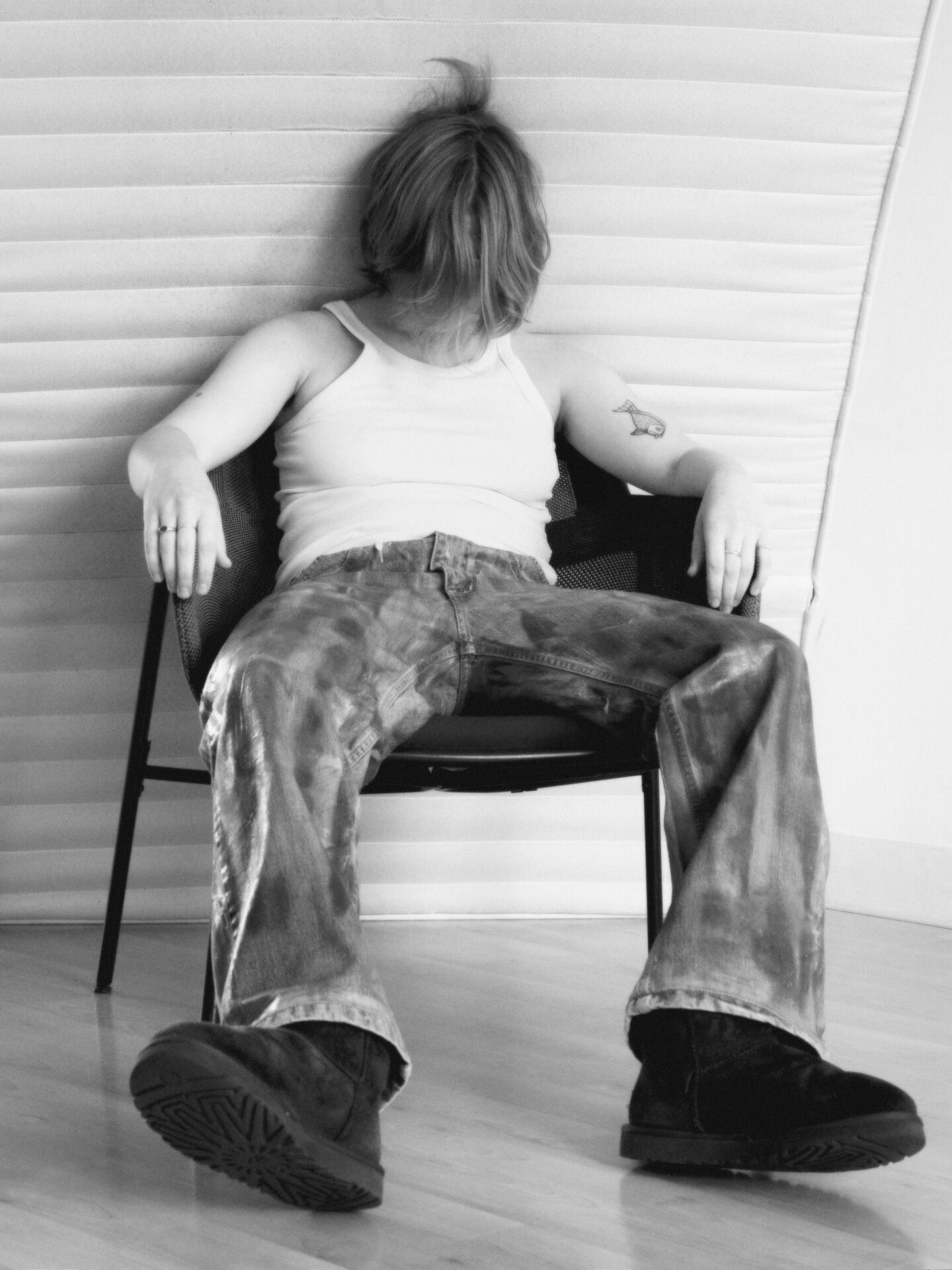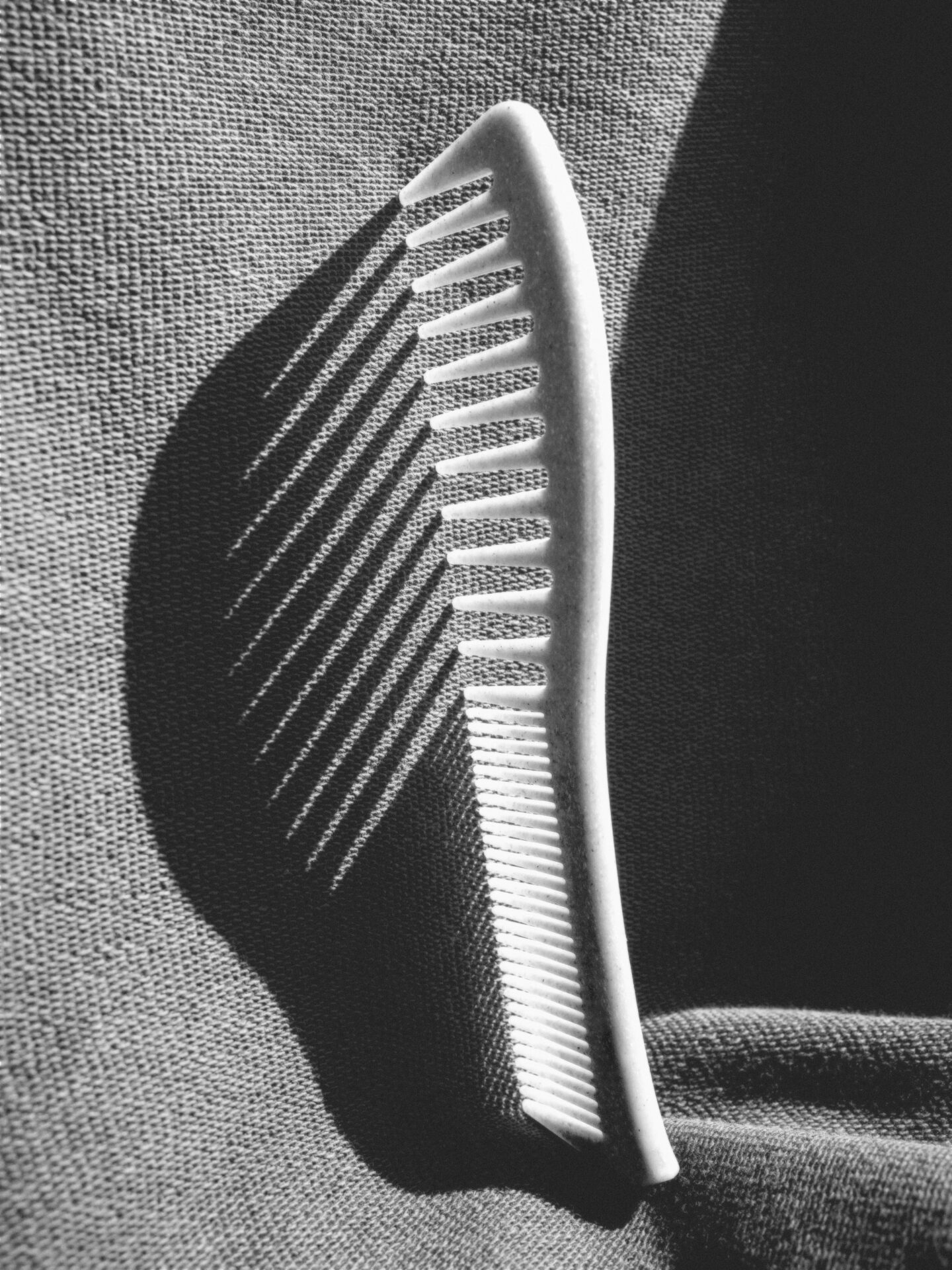Loes de Boer draws on her extensive knowledge of feminist art history to create portraits that challenge the contemporary notion of being a female, queer artist. By showcasing her sculptural compositions of the human body alongside photographs of inanimate objects, de Boer constructs visual riddles that explore the themes of identity and sexuality, all while presenting a narrative that is uniquely hers.
Your work is inspired by your research of feminist artists. Can you share how you were first introduced to this field of study and why it inspires you?
I recently graduated from the Royal Academy of Art, The Hague, where I spent much time reading and learning about different artists. At one point, I got introduced to queer/feminist artists ranging from the 20’s and 70’s, and that struck a chord with me. The imagery I connected with from the 20s was surrealistic, with an almost ghost-like quality that intrigued me. What inspired me about the 70s was the development of the medium, how photography became a vehicle for performance art and political activism. Both these aspects have a powerful impact on my practice, and I approach every project with that combination in mind. I strive to create hazy and dreamlike imagery, but with definite whispers of political activism.
I’m curious to know how the use of a self-portrait changes the narrative of your imagery. Is there something in particular that sparked you to want to explore self-portraiture?
It started during my studies. I had these specific visions in mind, sculptural photography I wanted to make. What is so good about self-portraits and still-lifes, you don’t need someone for it. I don’t have to ask anybody to be in weird staging positions for me, because I am not after the perfect portrait anyway. At a certain point, I thought, “Why don’t I try to photograph myself?” I gave myself the assignment for a while to make a self-portrait every day. Here, I allowed myself to produce work with less focus on the face and more on the body as a sculpture. At that time, I think using myself gave me more freedom to explore.

